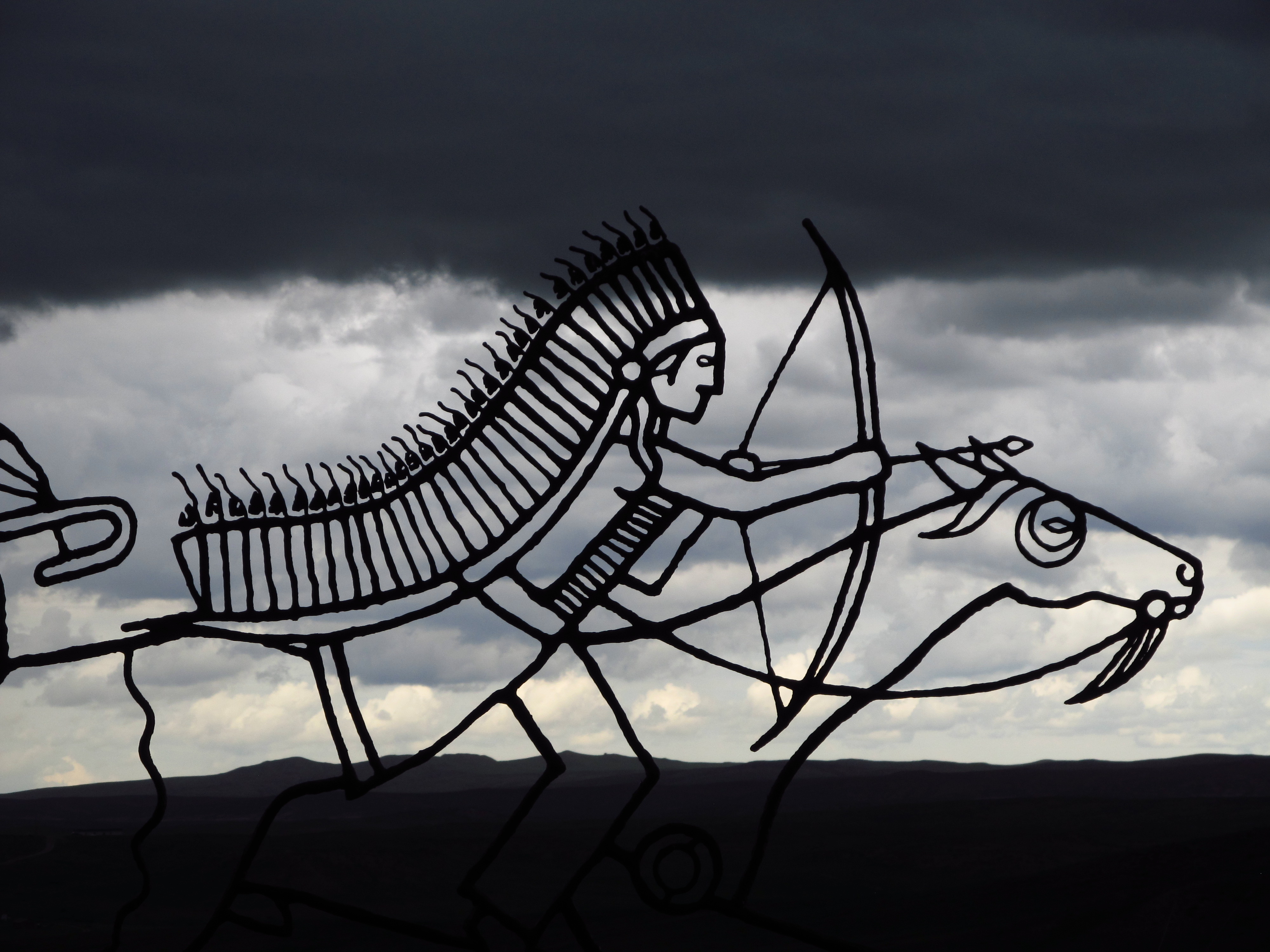143rd Anniversary Sunrise Ceremony – through the eyes of an Irish
June 25, 2019, marked the 143rd anniversary of the Battle of the Little Big Horn, aka Custer’s Last Stand or the Fight at the Greasy Grass, depending upon who is describing it.
On that day, the Indians once again take over the battlefield: Sioux, Cheyenne, Arapaho, Arikara, Mandan Hidatsa and this year some Southern Utes. They come together to celebrate a great historic victory, although as one tribal spokesperson said: it was the beginning of the end for our ancestor’s way of life.
It was not always so. Until about 1985, tribal people were decidedly unwelcome upon those grounds. That is when Austin Two Moons, a highly esteemed Cheyenne traditional person convened the first annual prayer ceremony for “World Peace” attended by hundreds of tribal and other good-hearted people, running for many years, gaining national and even international acclaim. War is especially hard upon the old ones, women and children, he taught. Then, they prayed for all people in the world so that such a terrible thing will not happen again.
In 1985, the tribal people were not allowed to conduct that prayer ceremony on the Battlefield site, opting for a nearby location. Federal agents then pounced, searching vehicles and people’s persons, a memory particularly horrifying to Ben Nighthorse Campbell, a participant. After the name change which he sponsored as a member of Congress and more time went by, the "gates" of the Battlefield were opened to the tribal people. And even their horses which historically, and still do, carry them there.

NATIVE SUN NEWS TODAY
Support Native media!
Read the rest of the story on Native Sun News Today: 143rd Anniversary Sunrise Ceremony – through the eyes of an Irish
Join the Conversation


